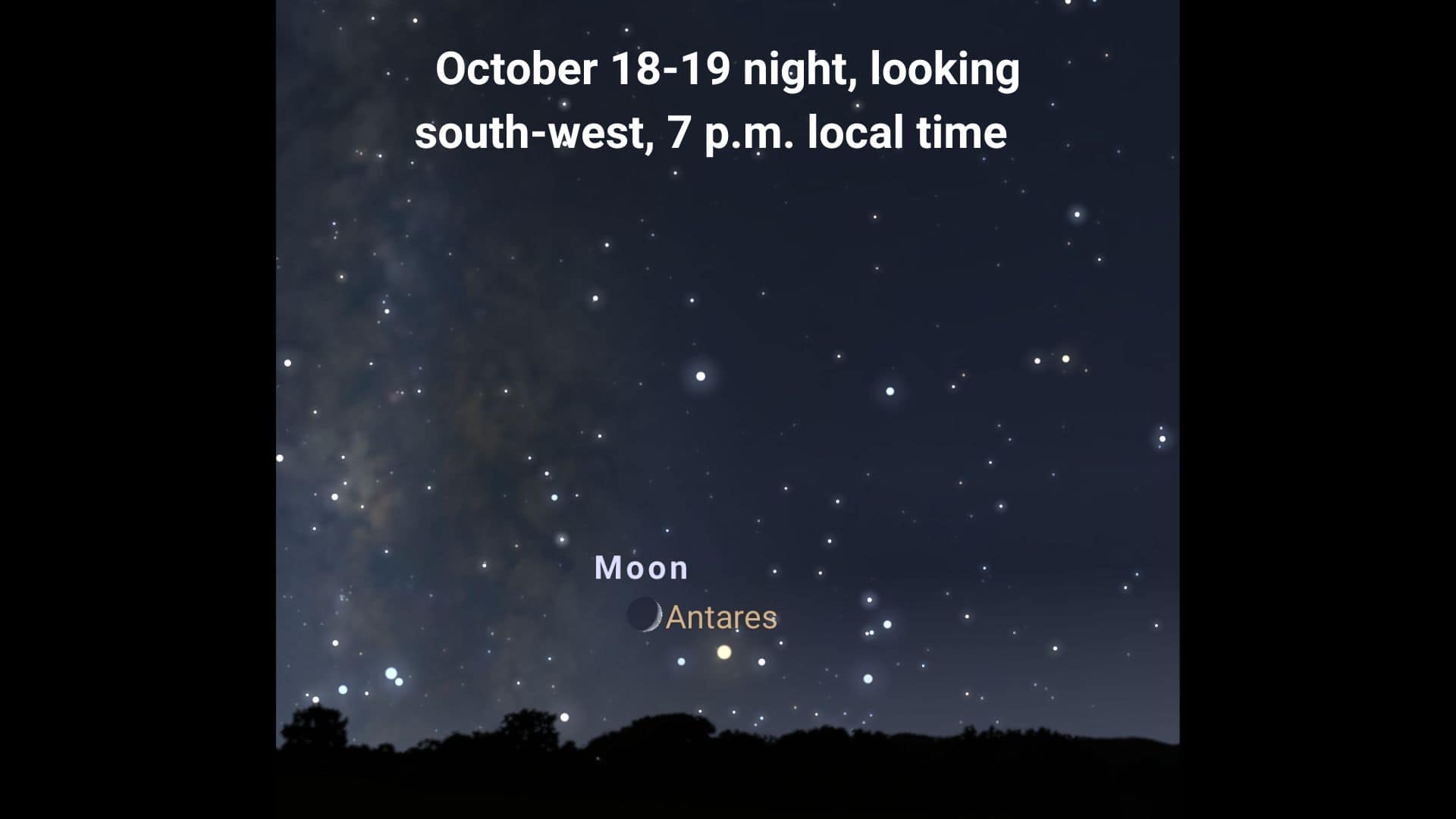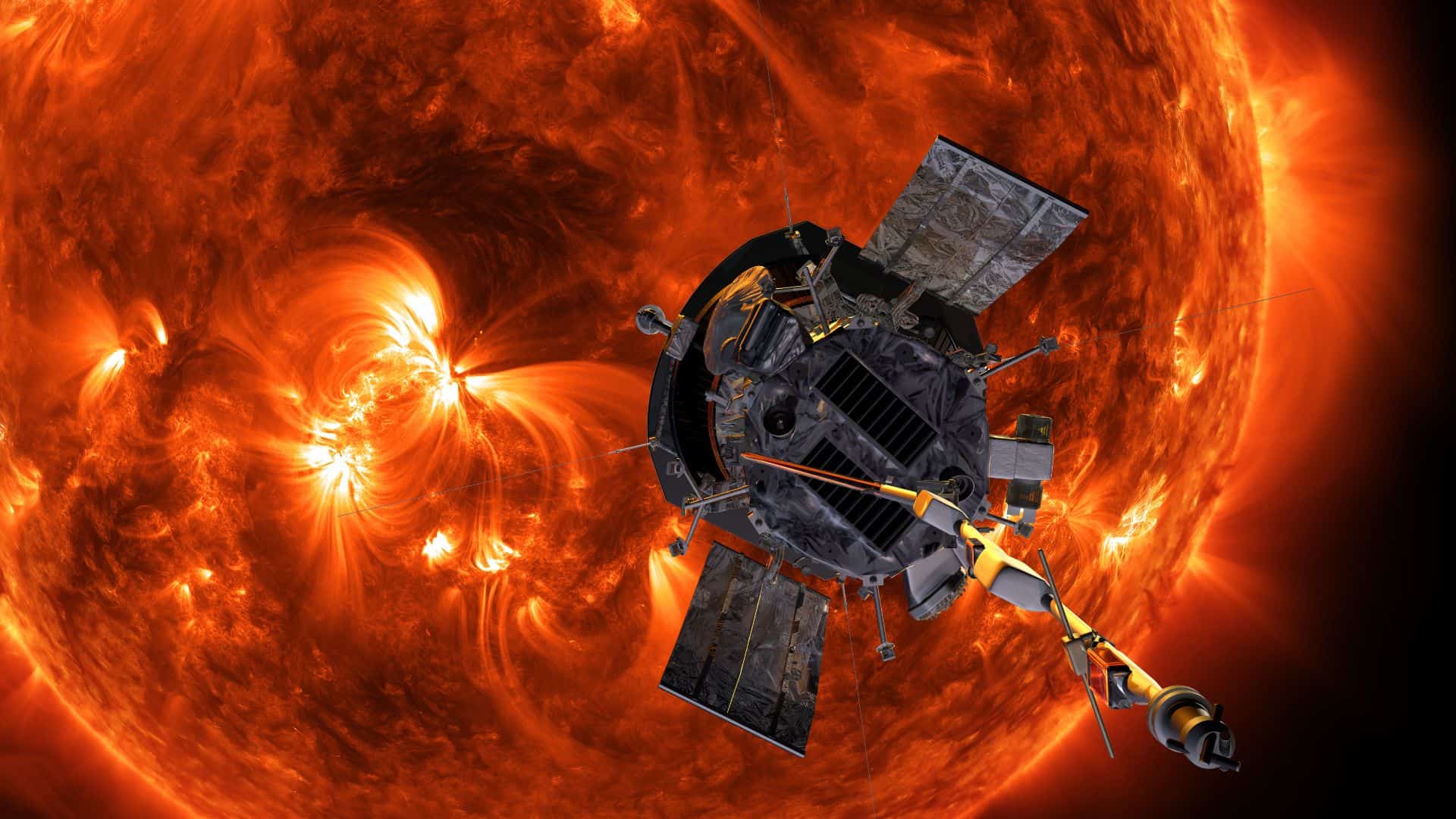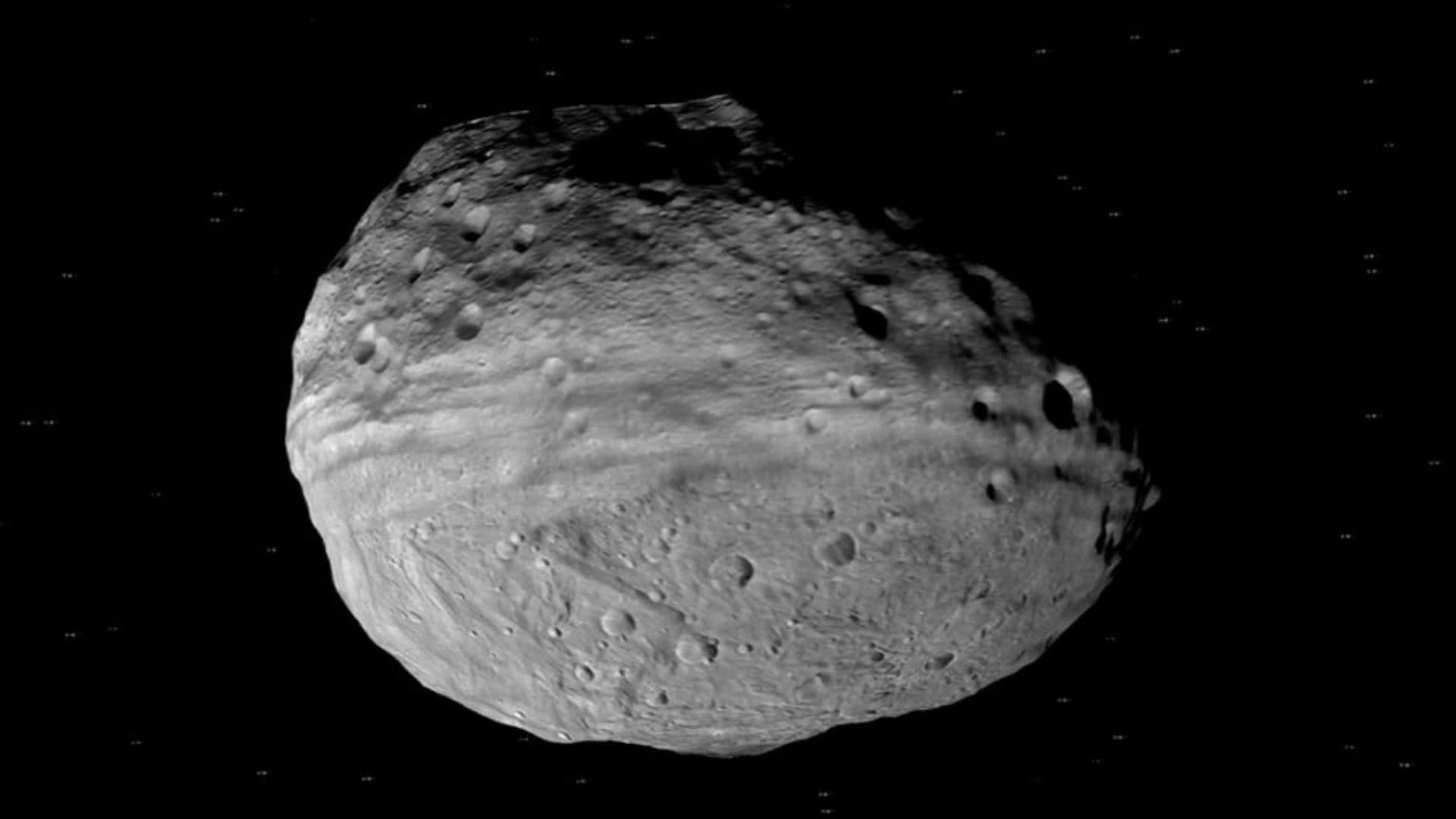The waxing crescent moon will make a close approach to the bright star Antares on October 18-19 night, 2023. On this night, the bright star Antares will be located only 5° lower right of the moon.

On October 18, Wednesday, 2023, the moon will rise in the morning, appearing very close to the bright star Antares in the evening.
Look for them low in the southwest direction at around 7 p.m. local time. They (the moon and Antares) will set together at around 8 p.m. local time.
The moon will be located in the zodiac constellation Scorpius on the night of October 18-19, 2023, and Antares is the brightest star in the constellation Scorpius, the Scorpion.
You will see the bright star Antares next to the moon again on November 14, 2023
The moon takes 27.322 days to complete one orbit around the Earth with respect to the background stars. This is called one sidereal month.
However, in 27.322 days, the bright star Antares moves a little from its previous position with respect to the background stars.
So the moon takes a little over 27.322 days to catch the bright star Antares in the sky, and you will see the bright star Antares next to the moon again on November 14, 2023.
Know about the star Antares
Antares (also called the heart of the Scorpion) is a massive red supergiant star that is located around 550 light-years away from the earth. The red color of Antares is easily noticeable in the sky as it is a red supergiant star.
The star Antares is a few hundred times bigger than our Sun, and now the star is in the final stages of its life before exploding as a supernova. When a massive star runs out of nuclear fuel to survive, it forms a red supergiant star.
As the star Antares is located around 550 light-years away, the light from it will take about 550 years to reach Earth. If Antares explodes now, we will know it after 550 years.
Please follow us on Facebook and Twitter to get latest space news, upcoming skywatching events and astronomy-related content.



